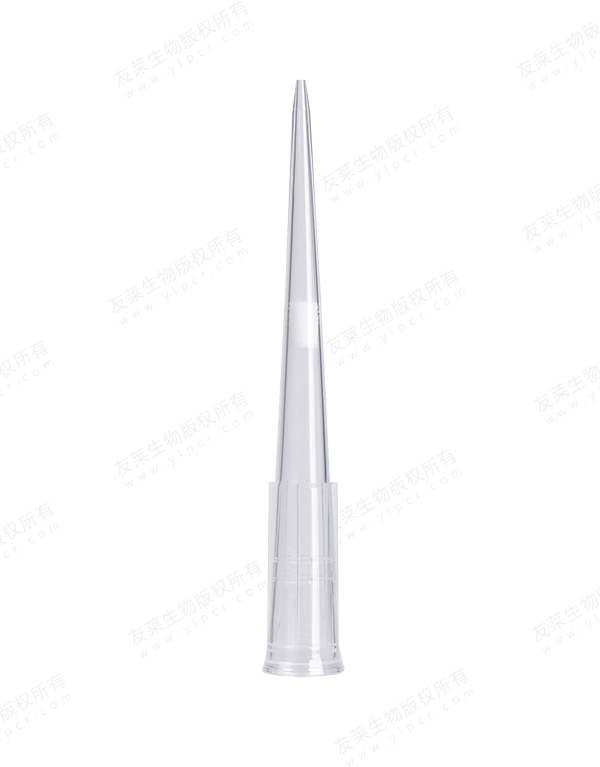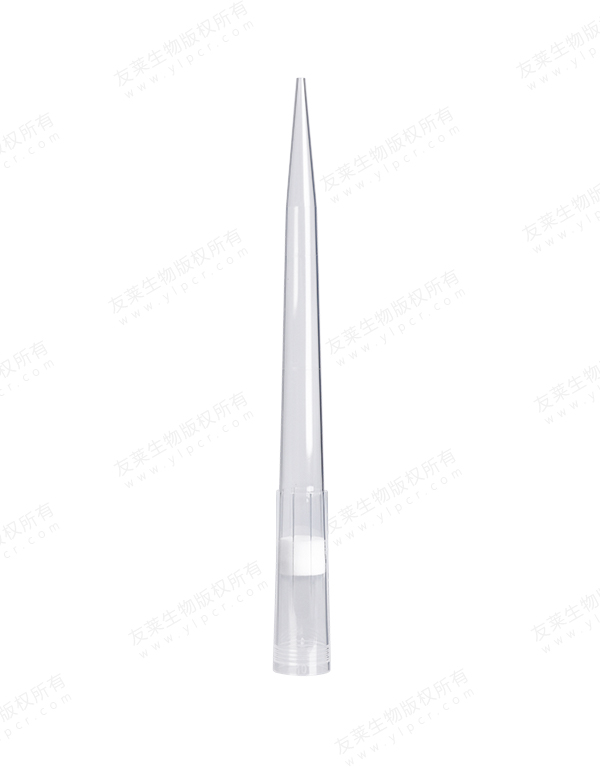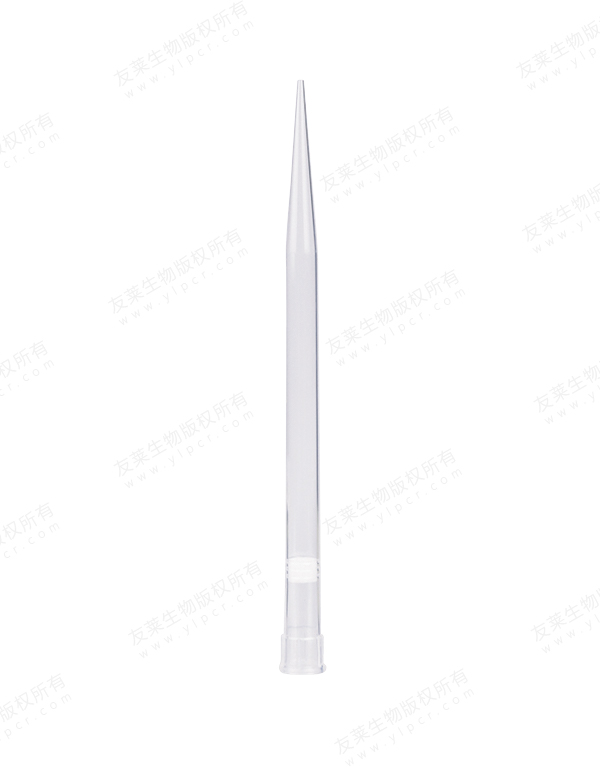Centrifuge tubes stand as indispensable instruments in the realms of research and diagnostics, wielding a critical role in the separation and analysis of biological samples. The pivotal challenge lies in achieving the optimal equilibrium between speed and precision to elevate the performance of these tubes across diverse laboratory applications. A comprehensive understanding of the factors influencing their performance, coupled with effective optimization methods, empowers researchers and diagnosticians to boost the efficiency and accuracy of their centrifugation processes.
Speed emerges as a focal consideration in the quest to optimize centrifuge tube performance. The rotational speed at which a centrifuge operates directly influences the sedimentation and separation of sample components. Tailoring centrifugation speeds to the specific requirements of different sample types is imperative for optimal results. High-speed centrifugation may be crucial for pelleting cellular components, while lower speeds may prove suitable for separating blood components or precipitating particles. A nuanced grasp of speed prerequisites for diverse applications is fundamental to achieving streamlined sample processing and maximizing the yield of target components.
The precision of centrifuge tube performance is intricately linked to the tubes' design and quality. Factors such as material composition, wall thickness, and sealing properties wield significant influence over sample separation precision and the prevention of cross-contamination. Employing high-quality centrifuge tubes built to withstand the forces exerted during centrifugation is paramount for preserving sample integrity and securing reliable results. Additionally, ensuring robust sealing and closure mechanisms helps minimize the risk of sample leakage or aerosol formation, particularly when handling hazardous or infectious materials.
Optimizing centrifuge tube performance extends to considerations of compatibility with specific centrifuge models and rotor configurations. Aligning the tubes with the appropriate rotor type and size ensures proper balance during centrifugation, mitigating the risk of vibration, noise, or mechanical stress that could compromise both the tubes and the centrifuge equipment's performance and longevity. Furthermore, judicious use of adapters or inserts enhances the versatility of centrifuge tubes, facilitating the processing of diverse sample volumes and types within a unified centrifuge platform.
In the realm of research and diagnostics, achieving optimal centrifuge tube performance encompasses the selection of specialized tubes tailored to specific applications. Gradient centrifugation techniques, for instance, may demand the use of tubes designed to create precise density gradients for sample separation. Similarly, ultra-clear or ultra-low binding centrifuge tubes may be preferred for applications involving sensitive downstream analyses, such as molecular biology or proteomics, where sample purity and recovery are paramount.
The optimization of centrifuge tube performance in research and diagnostics requires a comprehensive strategy that carefully navigates the delicate balance between speed and precision, considers tube design and quality, and ensures compatibility with centrifuge equipment. Armed with a nuanced understanding of different application requirements and armed with appropriate centrifuge tubes, researchers and diagnosticians can elevate the efficiency, accuracy, and reproducibility of their centrifugation processes, ultimately advancing the quality of scientific and diagnostic outcomes.

 English
English русский
русский 中文简体
中文简体


水印.jpg)

